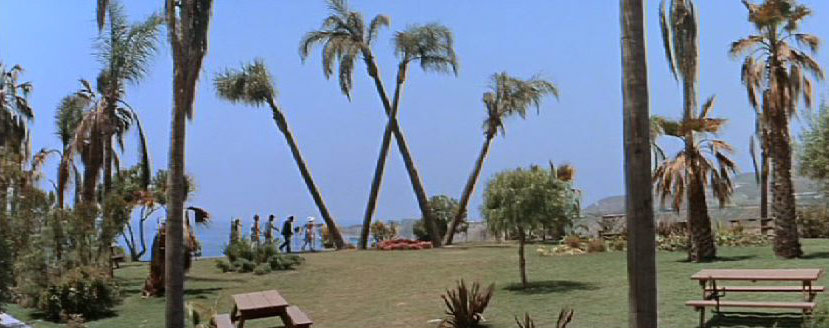
Posted on 02/25/2014 7:26:13 PM PST by shove_it
You need to get over here to the Treasure Coast beaches with your metal detector after winter nor’easter. Those winter storms churn up the treasure shipwrecks from the 1715 fleet and the silver & gold coins wash ashore.
It shuts out claims from neighbors.
It doesn’t say they are donating most of the money. It says the plan is to sell the coins and pay off bills and donate to some charities.
I worked with a guy who was a real pro. He had found quite a bit of minor treasure such as old coins, rings etc.
I think he had found nearly a dozen class rings and had found the original owner every time. They typically have the owner’s initials on them, class year and what high school.
They better have more assets to hire lawyers than this couple possesses.

[”it’s a mad, mad, mad world! “]
My favorite movie of all time.
If they found the stash in Tiburon they’re already rich. I’d love to know the history of those coins though.
According to the article:
"I saw an old can sticking out of the ground on a trail that we had walked almost every day for many, many years. I was looking down in the right spot and saw the side of the can. I bent over to scrape some moss off and noticed that it had both ends on it," they said.It was the first of five cans to be unearthed, each packed with gold coins.
"Nearly all of the 1,427 coins, dating from 1847 to 1894, are in uncirculated, mint condition," said Kagan told ABCNews.com.
Let me speculate wildly and say some old coot in 1933 buried those gold coins instead of complying with Roosevelt's Executive Order 6102 that forced Americans to turn in their gold for paper Dollars.

Let me speculate wildly and say some old coot in 1933 buried those gold coins instead of complying with Roosevelt’s Executive Order 6102 that forced Americans to turn in their gold for paper Dollars.
Then option B would be bank robbery proceeds. Since the dates range from 1847 to 1894, and there were 5 cans found, most likely they were buried at the same time, not over the course of almost 50 years.
Then option B would be bank robbery proceeds. Since the dates range from 1847 to 1894, and there were 5 cans found, most likely they were buried at the same time, not over the course of almost 50 years.
I stand corrected. From another article:
The coins, in $5, $10 and $20 denominations, were stored more or less in chronological order in six cans, McCarthy said, with the 1840s and 1850s pieces going into one can until it was filed, then new coins going into the next one and the next one after that. The dates and the method indicated that whoever put them there was using the ground as their personal bank and that they weren’t swooped up all at once in a robbery.
Disclaimer: Opinions posted on Free Republic are those of the individual posters and do not necessarily represent the opinion of Free Republic or its management. All materials posted herein are protected by copyright law and the exemption for fair use of copyrighted works.